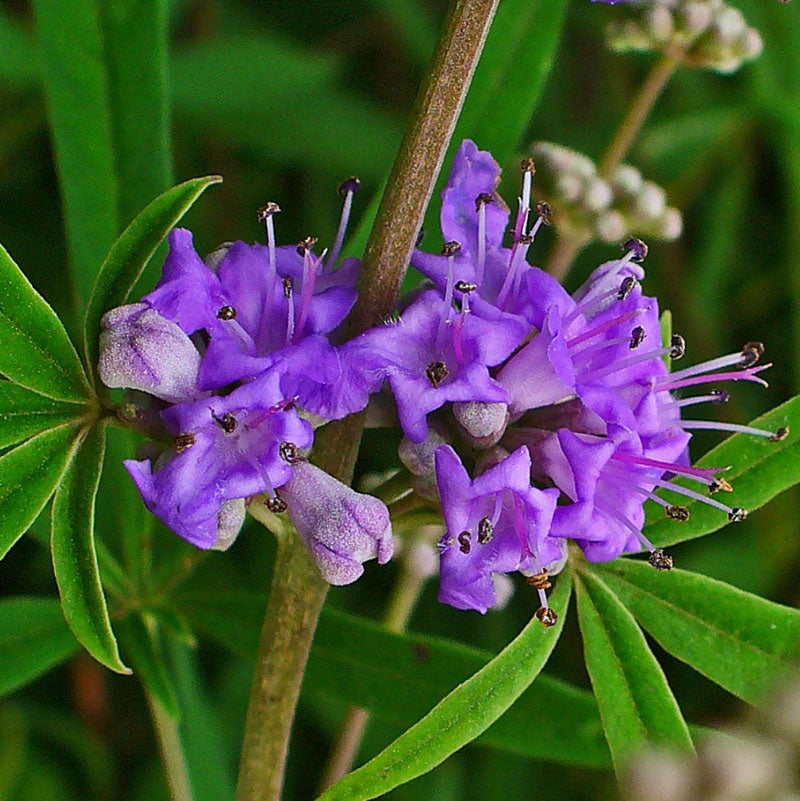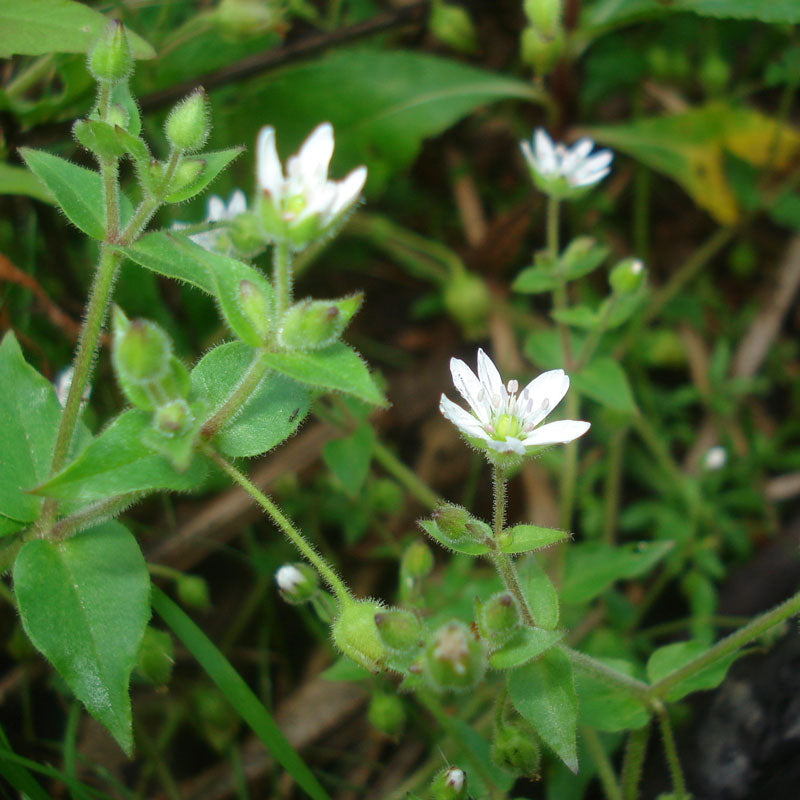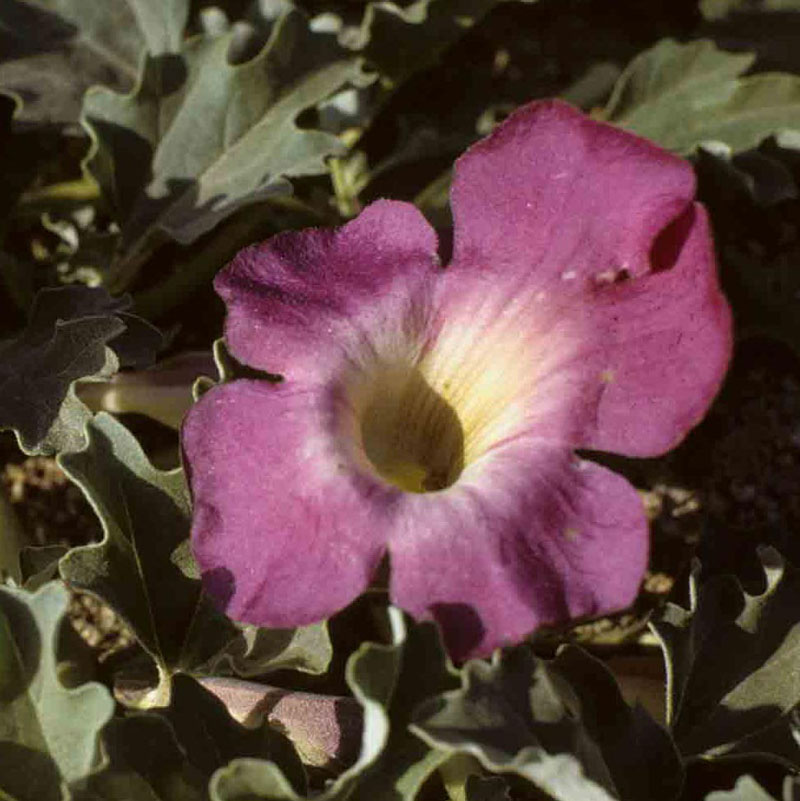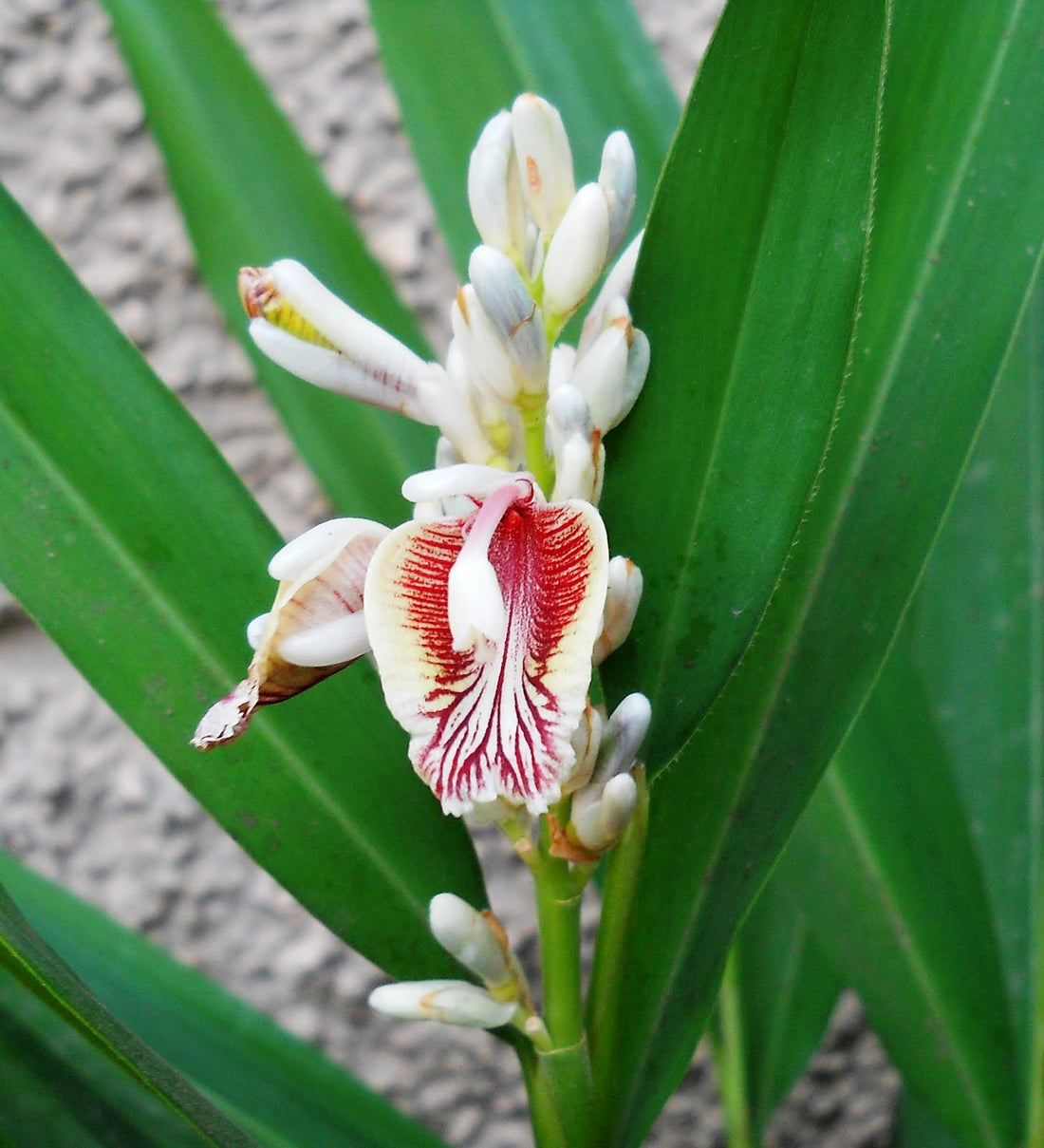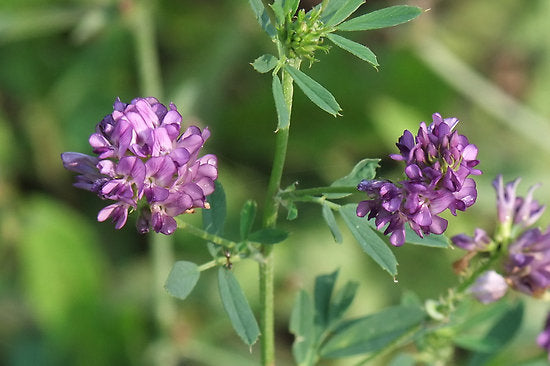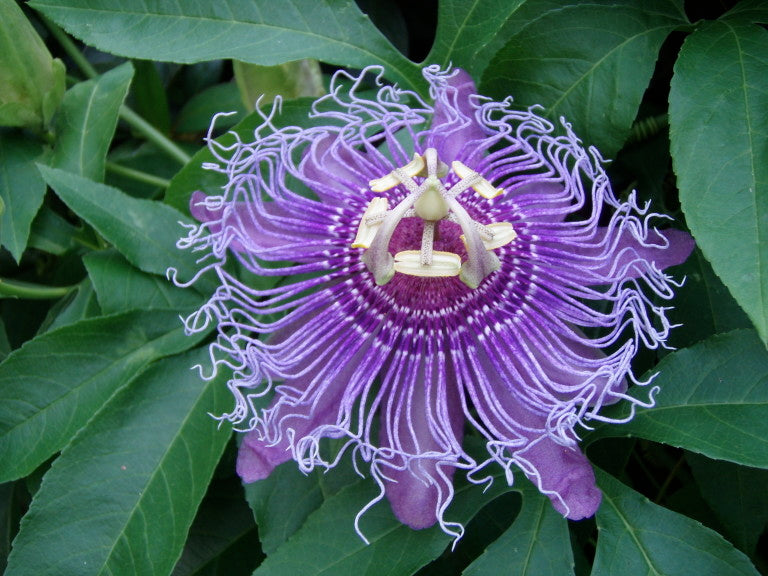CALENDULA (MARIGOLD) (Calendula officinalis)
Parts used
Leaves, flowers and petals
Properties
Alterative, analgesic, anthelmintic, antibacterial, anti-inflammatory, antiseptic, antiviral, astringent, bitter, blood purifier, cholagogue, diaphoretic, diuretic, emmenagogue, hemostatic, stimulant, vulnerary
Primary nutrients
Phosphorus and vitamins A and C
Europeans have used calendula for hundreds of years and its medicinal value was well known. Calendula was used during the Civil War to stop bleeding and heal wounds.
It is a well-known first-aid remedy, especially as an ointment for wounds, injuries, scrapes, burns, bruises, sprains, muscle spasms, ulcers and varicose veins. A tea is used to relieve acute ailments, especially fevers. A poultice can be applied to bleeding hemorrhoids. As a snuff, it can aid in the discharge of mucus from the nose. Some herbalists recommend calendula for the heart and circulation.
This herb has been used extensively, but little research has been done to test its efficacy. Studies done on rats have shown wound-healing potential and definite benefits. Studies in Russia have found that calendula extract can help relieve and heal eye infections in rats. Other in vitro research has found antibacterial and antiviral, as well as immune-stimulating properties. The actual constituents responsible for the wound-healing and anti-inflammatory abilities of calendula have not yet been identified, however.
Primary Applications
Bruises, external
Eye infections
Skin diseases/irritations
Cuts/scrapes
Measles
Wounds
Secondary Applications
Anemia
Bronchitis
Colitis
Diarrhea
Fevers
Hepatitis
Menstruation, absent
Veins, varicose
Blood impurities
Cancer
Cramps, all kinds
Ear infections
Hemorrhoids
Jaundice
Ulcers













